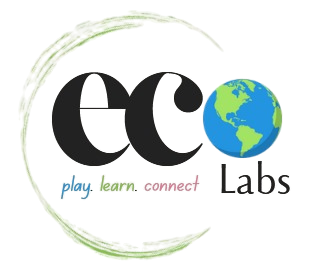What we do in our #Daily #Life matters for the #health of the #planet. It often #lingers long after we have #forgotten and moved on after using something. Most often, this #something was a substance or matter of #convenience, using it made our life #easy. The convenience we paid for with our cash was also causing lot of damage to the #Earth.
In 1970s scientists made a startling discovery in our atmosphere. Up in the #atmosphere, the farthest layer called stratosphere is filled with a colorless gas called #ozone. This layer is absolutely important for our well being.
Earth is bombarded with ultraviolet radiation from the #sun. Ozone layer stands like a #sponge absorbing most of the harmful radiation from reaching the Earth. Thanks to ozone layer, we are safe from the harmful high energy electromagnetic waves from reaching us.
Scientists discovered that the ozone layer was shrinking away leaving large #holes in the stratosphere. This led to increase in the heat and ultraviolet radiation that reached the Earth. What could be causing the ozone layer to shrink? Our habits! The fossil fuels we burn, the chemicals (such as Chlorofloro carbon (CFC)) we use and smoke emitted by our industries all contribute to the hole in the ozone layer. Although scientists call it a #hole, it is not actually a hole. It a region in the upper atmosphere where the concentration of ozone is way too low. This area is larger than the North American continent. It is very profound and visible over Antarctica. Because Antarctica is cold, it retains a lot of stuff in our air.
Here is a video that explains more about the discovery of the gaps in the ozone at Antarctica.
If you are interested in understanding the chemical effects of the CFC on ozone layer, here is a short video. In short, sunlight is necessary for the chemical reactions that cause ozone to thin. Late in August every year, the thinning begins and reaches its peak by October. This period corresponds with spring and summer in the Southern Hemisphere. Over winter, the ozone layer recovers somewhat, but does not come back to the previous levels.
Since the discovery of the ozone hole, scientists and environmental activists have been active in getting countries to sign up agreement to stay away from using CFCs that harm the ozone layer. Significant of these is the Montreal Protocol signed by 196 states and European Union in 1987. One of the important agreements arising from the Montreal Protocol is to stop the use of CFCs that damage the ozone layer.
In recent years, scientists have closely monitored the size of the ozone hole over Antarctica.
Finally, in 2016, scientists have some good news. After three decades of close monitoring and stopping the use of CFCs is finally paying off. The ozone hole is gradually reducing in size and is showing signs of recovery.
This video explain how the ozone hold is currently recovering.
If you are wondering what would have happened if the leaders around the world had not stepped up to sign the treaty to protect the earth, the situation would have been dire. According to a computer simulation provided by NASA, we can see that the ozone layer would have depleted all around the world. In most countries during warm days, people would experience enormous sunburns. It would lead to break down of our DNA due to extreme radiation.
And now that we know that the systems on the Earth and atmosphere responds to our actions, we need to be more careful. May our actions cause no harm to the Earth and may we all always act for the welfare of the Earth!
References:
- Susan Solomon and Colleagues: Emergence of healing in the Antarctic Ozone Layer. http://science.sciencemag.org/content/early/2016/06/30/science.aae0061
- gov: New simulation shows consequences of a world without Earth’s natural sunscreen: http://www.nasa.gov/topics/earth/features/world_avoided.html



